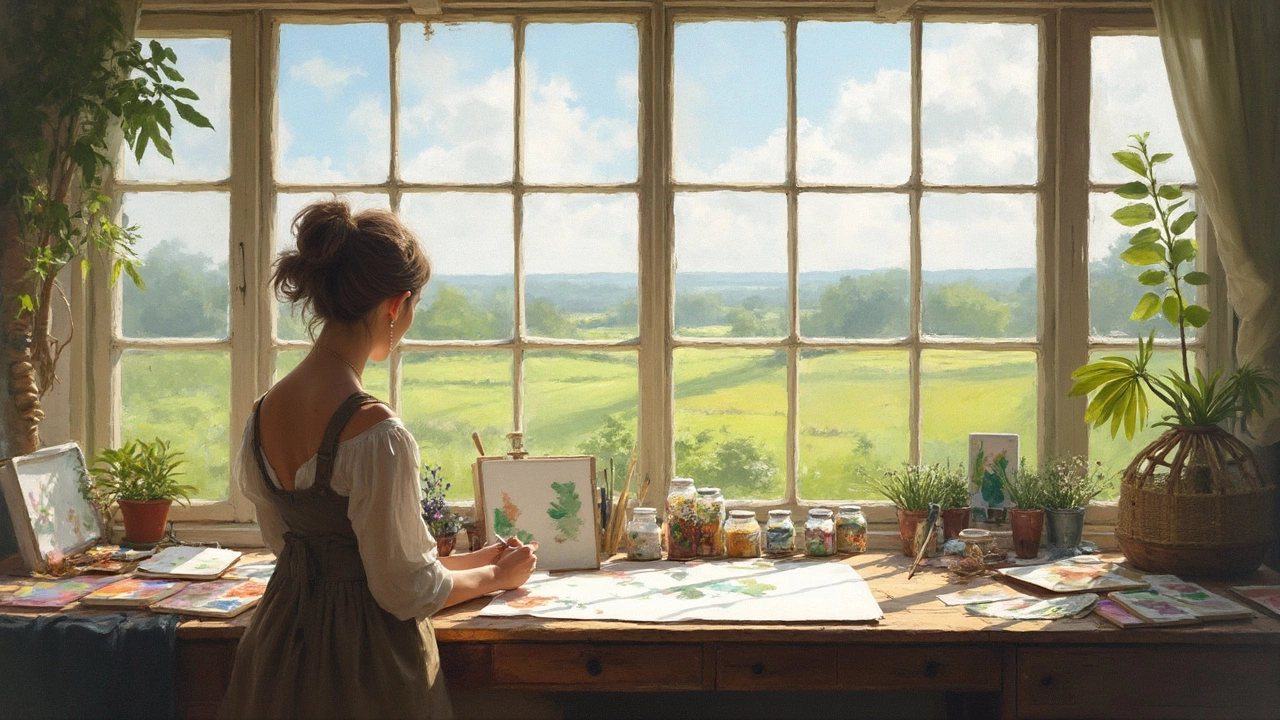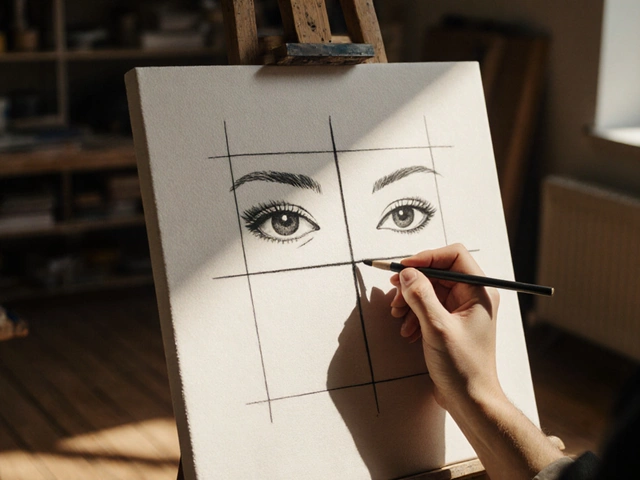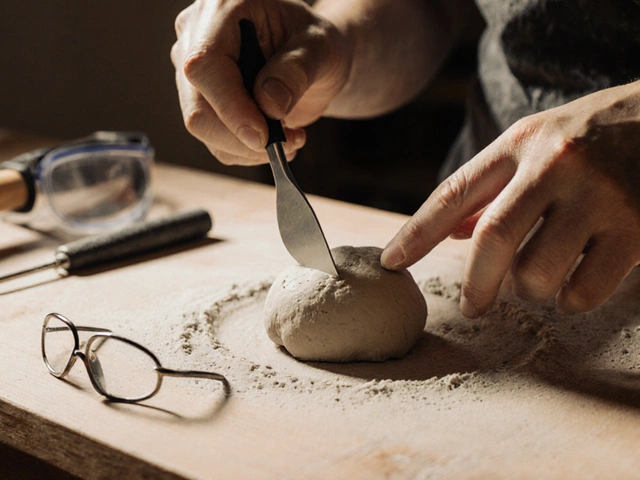Smooth Watercolor: A Guide to Seamless, Silky Paints
When talking about smooth watercolor, a painting method that delivers even colour transitions and a soft, almost velvety surface. Also known as soft wash, it relies on precise water control, fine pigment loading and a calm hand to avoid hard edges. Artists choose this style when they want their work to feel calm, atmospheric, and almost photographic without the harsh strokes of dry media. The technique works best on surfaces that hold water evenly, letting pigment glide naturally. Because the effect is subtle, even a small mistake can become obvious, which is why many painters treat smooth watercolor as both a science and an art.
Why Smooth Watercolor Works: Key Elements and Tools
Understanding the watercolor technique, the set of methods that guide pigment, water and paper interaction is the first step. One core element is paper texture, the surface finish that determines how quickly water is absorbed. A smooth, hot‑pressed (HP) sheet lets water spread evenly, reducing unwanted grain and keeping washes uniform. In contrast, a rough, cold‑pressed (CP) sheet creates visible granulation that can disrupt the silky effect. Another vital factor is pigment blending, how pigments mix with water and each other before drying. High‑quality, finely milled pigments dissolve instantly, allowing the artist to create gradients without muddying. Artists often pre‑mix colours on a palette to keep the wet surface clean and to maintain consistent hue intensity. Finally, the choice of brush types, the tools that apply water and pigment to the paper can make or break a smooth watercolor piece. Soft sable or synthetic brushes with a fine tip hold a lot of water, delivering the gentle strokes needed for seamless washes. A larger flat brush helps lay down a broad, even field of colour, while a tiny round brush adds detail without disturbing the overall softness. Together, these entities—technique, paper, pigment, and brush—form a network where each element supports the other. A smooth paper surface encourages fluid pigment movement; quality pigments respond better to fine brush control; and proper brush handling maximizes the paper’s ability to hold water without streaking.
For anyone exploring the Pembrokeshire art scene, mastering smooth watercolor opens doors to a style that fits the region’s misty coasts and gentle hills. Below you’ll find articles that break down earning money with digital art, tips on adding figures to landscapes, modern art principles, and more—all curated to give you a well‑rounded view of contemporary practice. Whether you’re a beginner looking for a clear start or a seasoned painter hunting fresh ideas, the collection offers practical advice, real‑world examples, and step‑by‑step guides that will help you apply smooth watercolor concepts to a variety of creative projects. smooth watercolor techniques will soon feel like second nature, and the articles ahead will show you exactly how to get there.

Discover effective techniques to eliminate ripples from your watercolor paintings. This guide provides practical tips and insights on maintaining smooth surfaces in your artwork. Understand the causes of ripples and learn how to prevent them with simple yet effective methods. Achieve professional-looking watercolor pieces with confidence.





